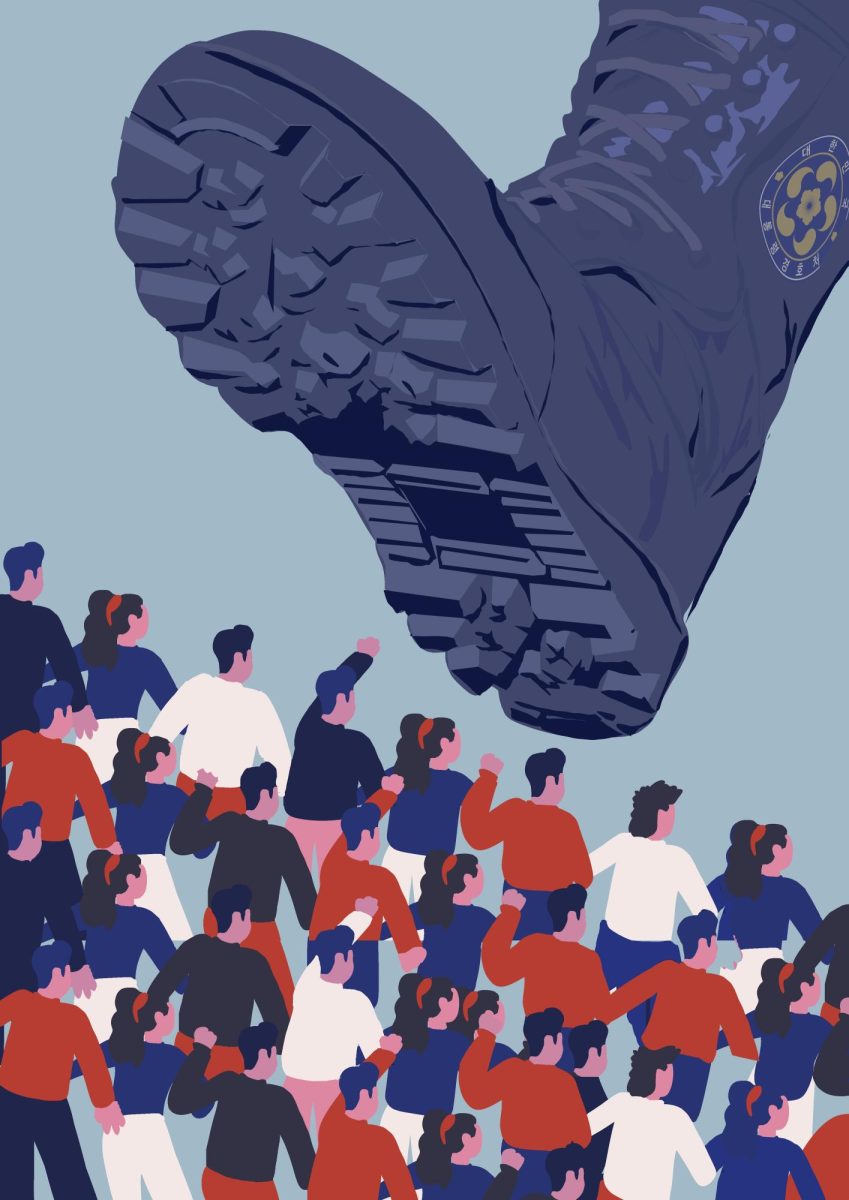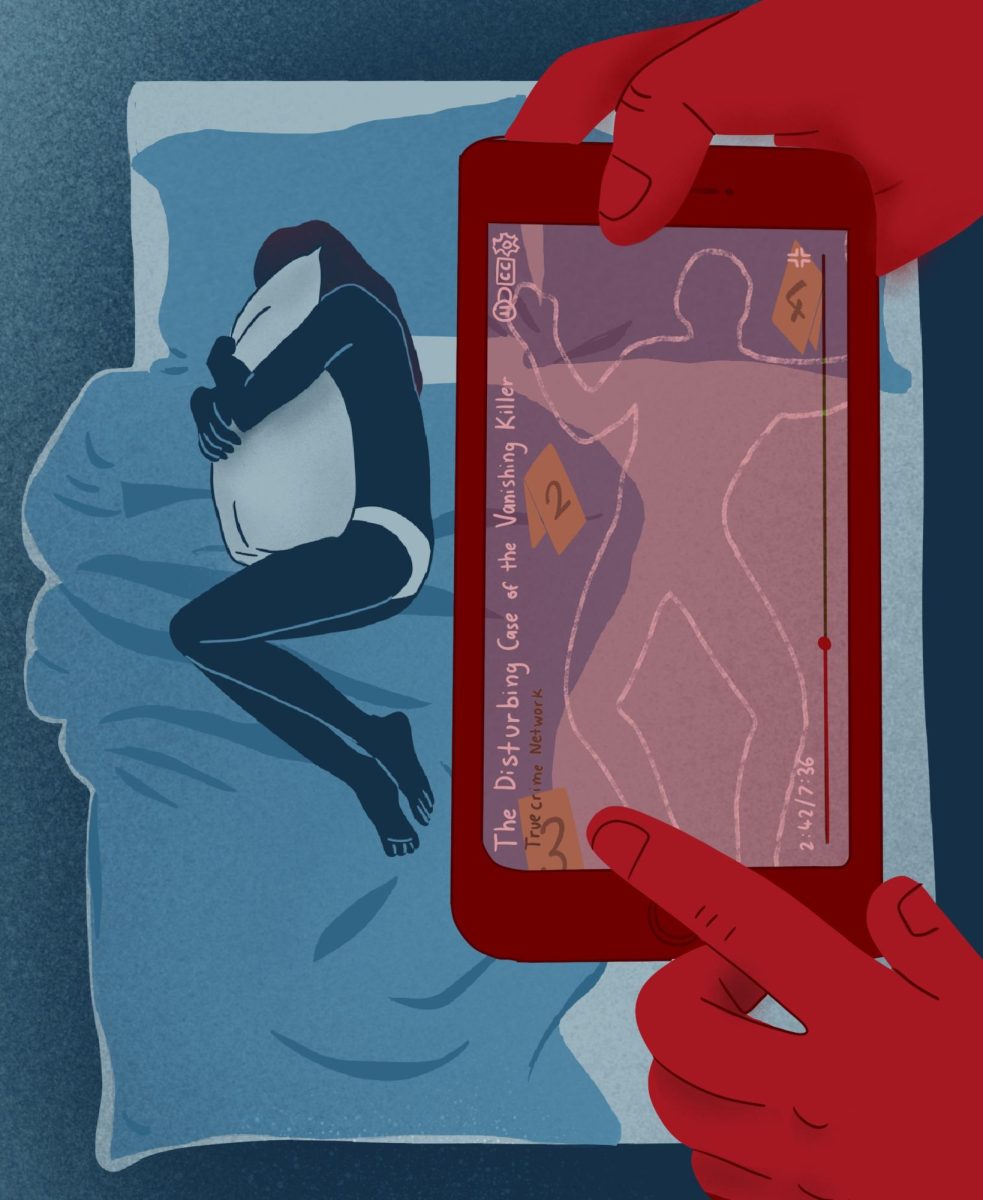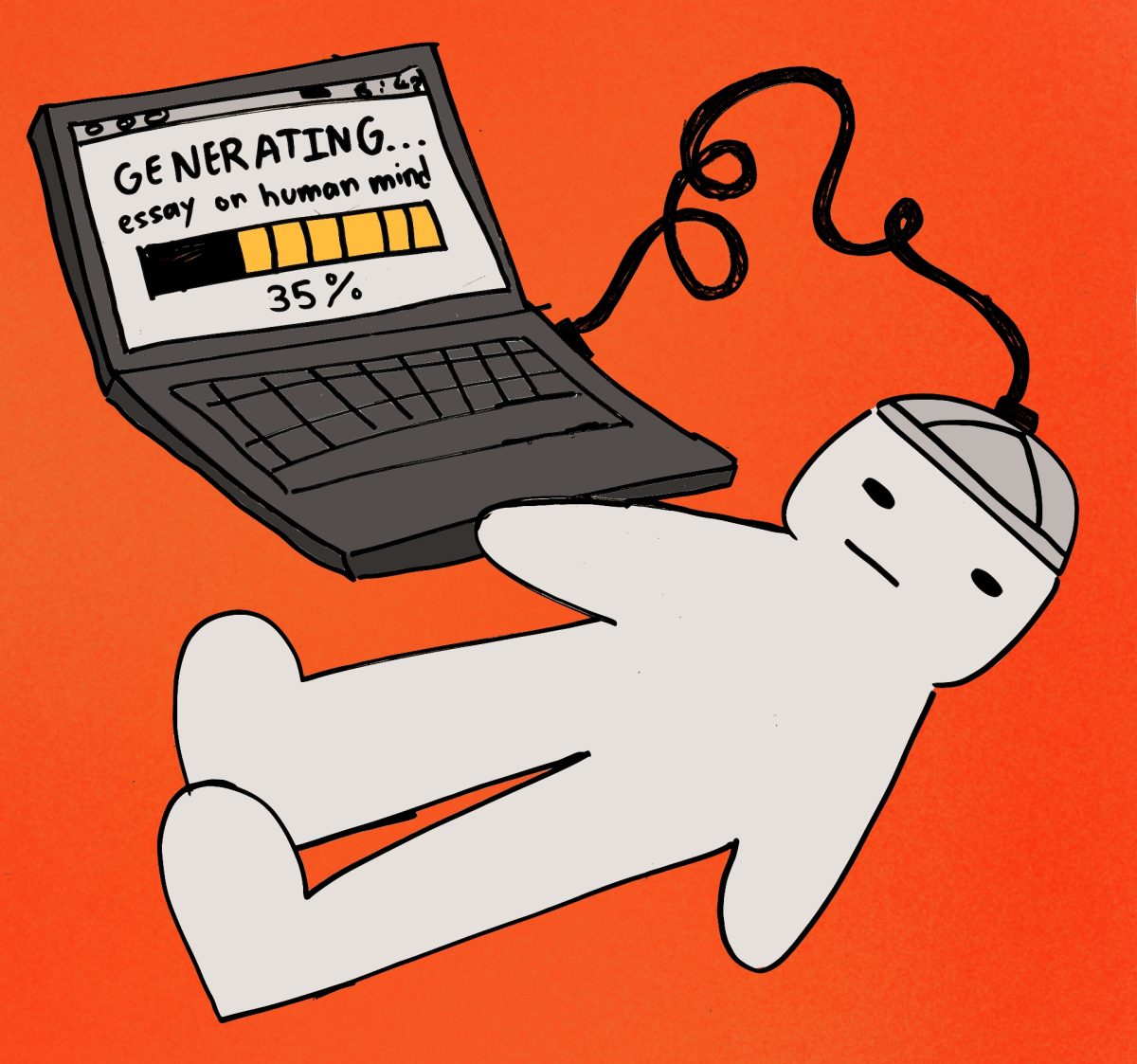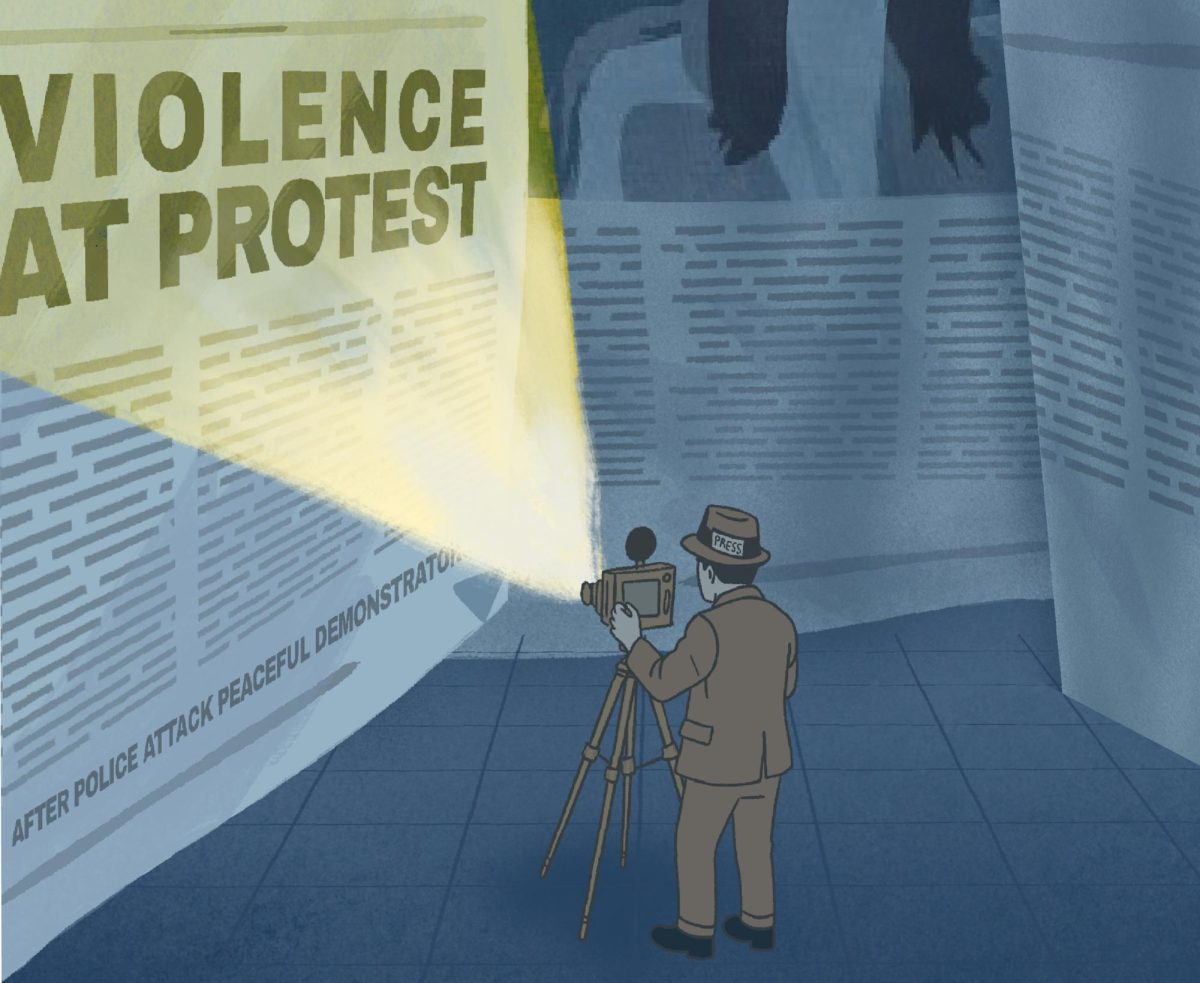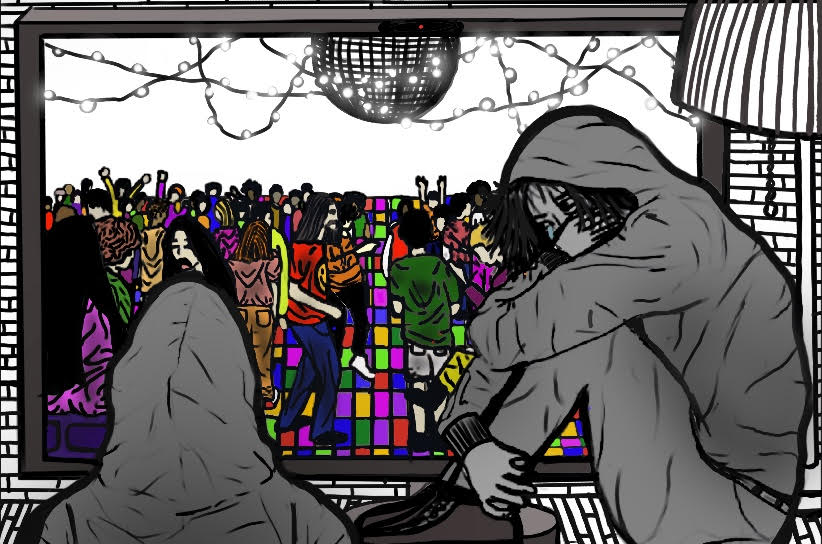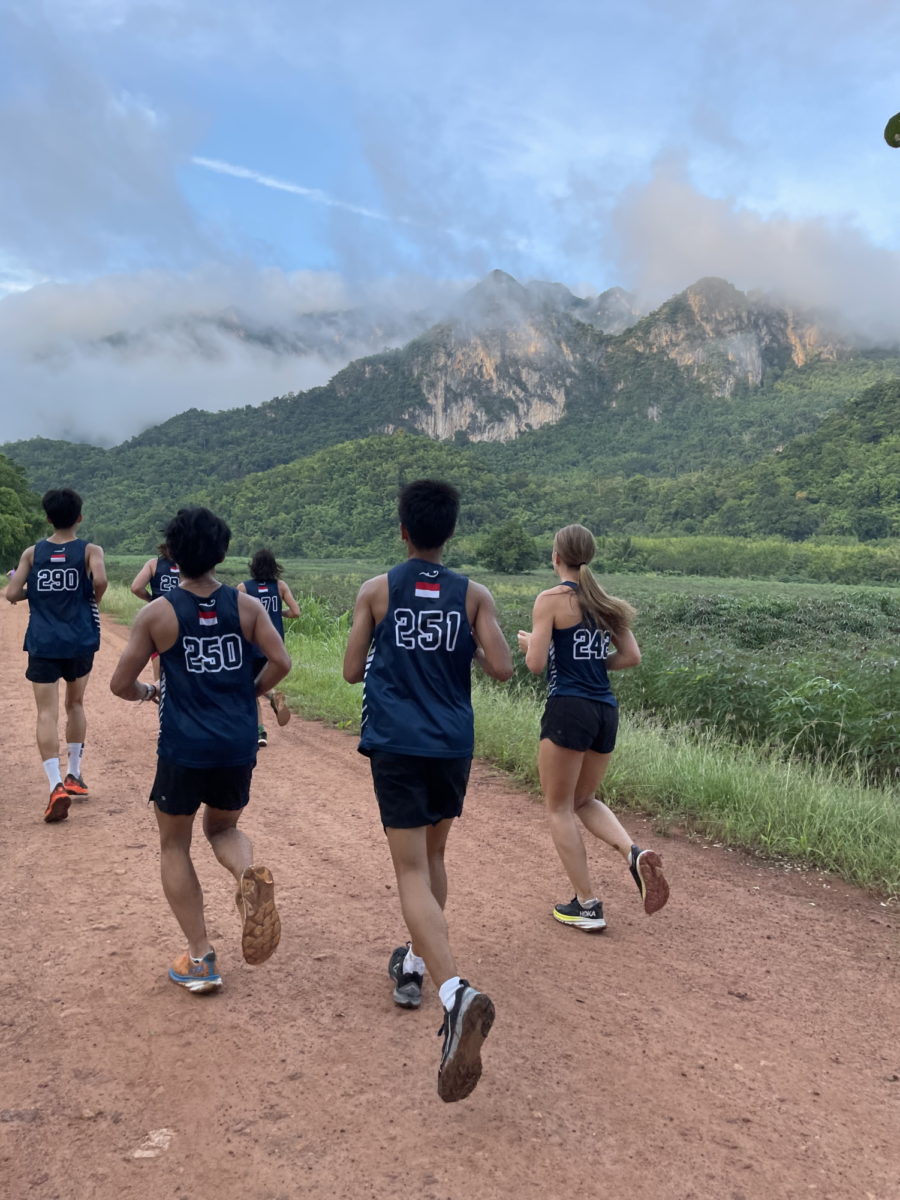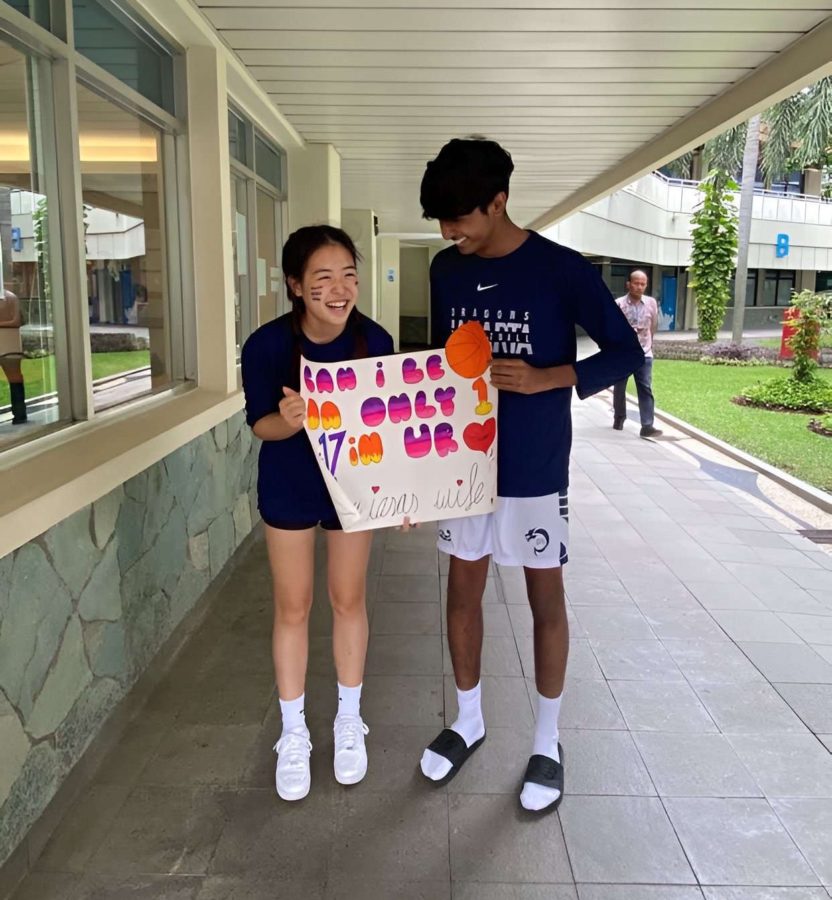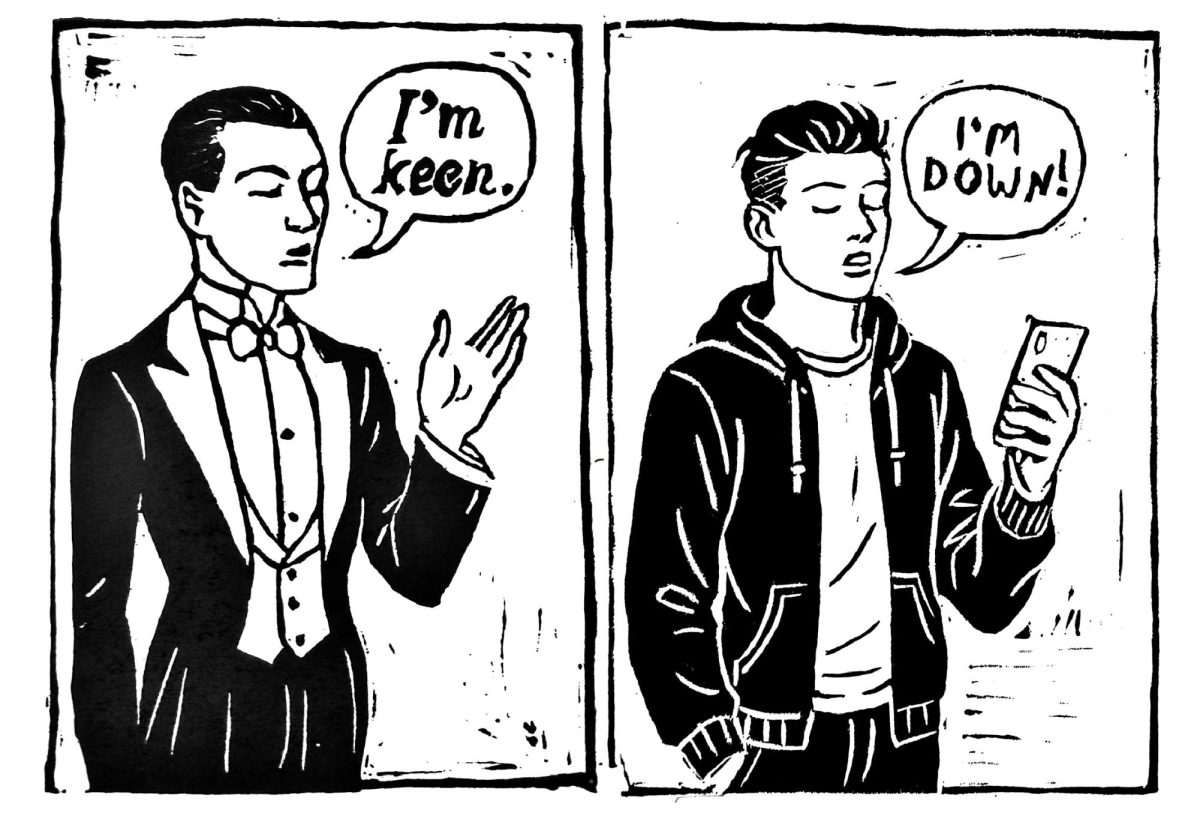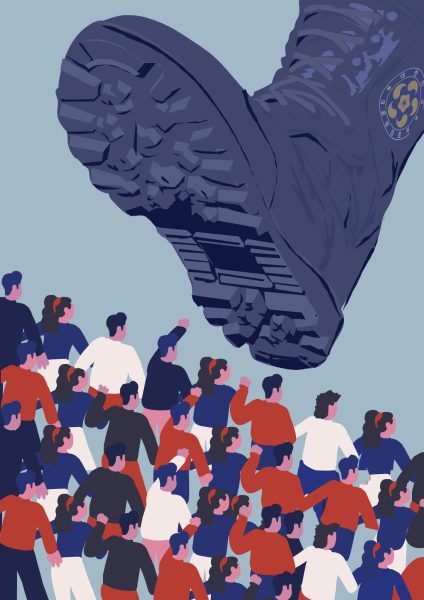Celebration to Tragedy
Across the globe, crowd crushes devastate families and communities.
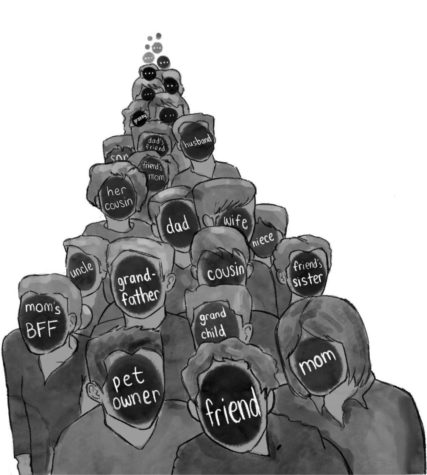
On October 29, 2022, teenagers and twenty-year-olds flooded the streets of Seoul, South Korea, excited for a festive night of Halloween celebrations. However, in a crowded alley in the district of Itaewon, partygoers became too eager—they pushed, tripped, and trampled each other during a stampede with nowhere to escape. In this crowd crush, over 300 people were injured, with 158 ultimately losing their lives.
According to experts, crowd crushes can be prevented with crowd control. That was not present during that event in Itaewon due to its informal nature and lack of an official organizer. Furthermore, the situation was exacerbated due to dire mistakes on the part of local authorities—namely, out of the eleven emergency calls that were made up to five hours before the crowd crush by attendees and residents alike, police responded to only four with inadequate influence.
Authorities have launched a 475-member task force to investigate the cause of the crowd crush. However, its purpose remains unclear—one could argue that it was created purely for the sake of appealing to the public, given that the tragedy attracted international attention after claiming the lives of 26 foreign nationals.
“I feel a heavy responsibility [for the disaster] as the head of one of [the] related government offices,” said Yoon Hee Keun, commissioner general of the Korean National Police Agency. “Police will do their best to prevent a tragedy like this from happening again.”
Keun’s vague statement further supports this claim, as he suggests that local authorities should not be primarily responsible for the incident.
Merely a few weeks before this tragedy in Itaewon, however, another crowd crush occurred during a football match here in Indonesia that left 135 dead and 583 injured. Specifically, it originated when fans of Arema FC, the regional team of Malang, stormed the pitch following their loss to the visiting Persebaya Surabaya. The audience primarily consisted of families with young children, explaining why forty minors—the youngest a three-year-old boy—died in the crush.
“We were planning to send him to kindergarten next year,” said his mother for The Washington Post. “Now he’ll never get the chance.”
The venue in which the match was held, Kanjuruhan Stadium, lacked the necessary security measures to prevent a crowd crush or similar tragedy. For one, it was significantly overcapacity, given that 42,000 tickets were sold when only 30,000 seats were available. Furthermore, there was a considerable shortage of workers and communication failure, which prevented the exit gates from unlocking ten minutes after the game ended.
The situation was exacerbated by the actions of the police, which fired tear gas into the crowd during the storming of the pitch. This unnecessary and excessive use of the gas, which violated the safety guidelines of both the Fédération Internationale de Football Association (FIFA) and the Indonesian Football Association (PSSI), was the primary cause of the casualties, leading it to be labeled as an act of police brutality by the general public.
“If there wasn’t any tear gas shot into the stands, there would have not been any casualties,” said Joshua, a spectator, for The New York Times. “[People] were panicked and their only choice was to get out from the exits or find refuge in the field. That is why there were many people who went down to the field. They were actually trying to save themselves.”
Ever since the crush, the police chief of Malang has been suspended and replaced. Furthermore, President Joko Widodo announced that Kanjuruhan Stadium will be demolished and rebuilt to abide by international safety standards.
“When I close my eyes, I can still hear the voices screaming for help,” Joshua recalled.
Cahaya grew up an avid lover of books, constantly scolded by her teachers for secretly reading during class. Today, she is the editor-in-chief of Feedback,...
Despite her love for art, Rachel was always hesitant to share it. But ever since the first illustration she submitted for the magazine as a contributing...

